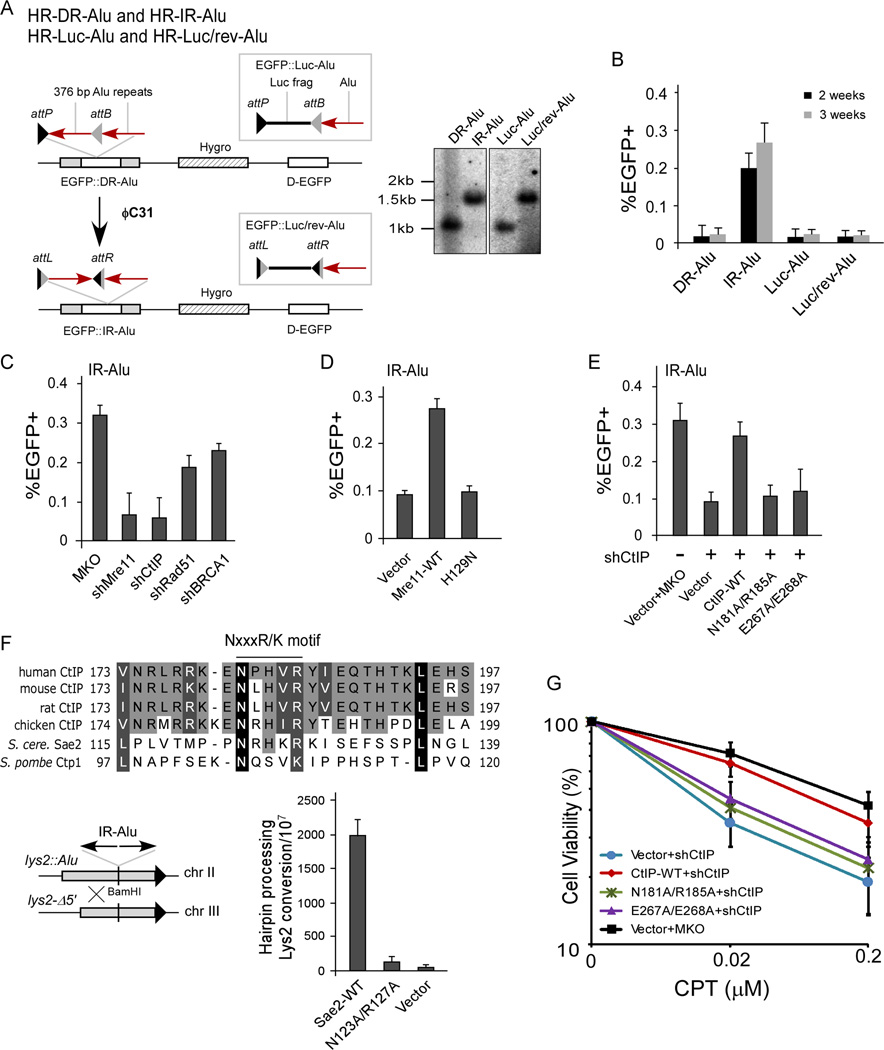Figure 3. CtIP exhibits a conserved function required for IRs-induced mitotic recombination.
A. The HR-Alu substrates (left). Southern blot analysis of HR-Alu substrates (see also Figure S3B), to distinguish DR-Alu and Luc-Alu from IR-Alu and Luc/rev-Alu, respectively (right).
B. U2OS cells carrying HR-DR-Alu or HR-IR-Alu or control HR-Luc-Alu and HR-Luc/rev-Alu were assayed for spontaneous HR of non-green cells after sorting and 2- or 3-week culturing.
C–E. U2OS (HR-IR-Alu) cells were expressed with indicated shRNAs or control MKO (in C) or expressed with HA-Mre11 (WT or H129N), with endogenous Mre11 silenced (in D), or with HA-CtIP (WT or indicated mutants), with endogenous CtIP silenced (in E). Spontaneous HR was assayed after 3-week culturing.
F. Top: Alignment of human CtIP and its homologues from indicated species, with the conserved NxxxR/K motif shown. Bottom: Alu-IRs-induced recombination between two lys2 alleles as described (Lobachev et al., 2002) was assayed in S. cerevisiae Δsae2 yeast strain expressing Sae2 (WT or N123A/R127A) or vector.
G. Clonogenic survival assay was performed in U2OS cells expressing HA-CtIP (WT or indicated mutants), with endogenous CtIP silenced, after CPT treatment with indicated concentrations for 1hr. (See also Figure S3.)
In all experiments, error bars represent standard deviation (s.d.) of three independent experiments.

